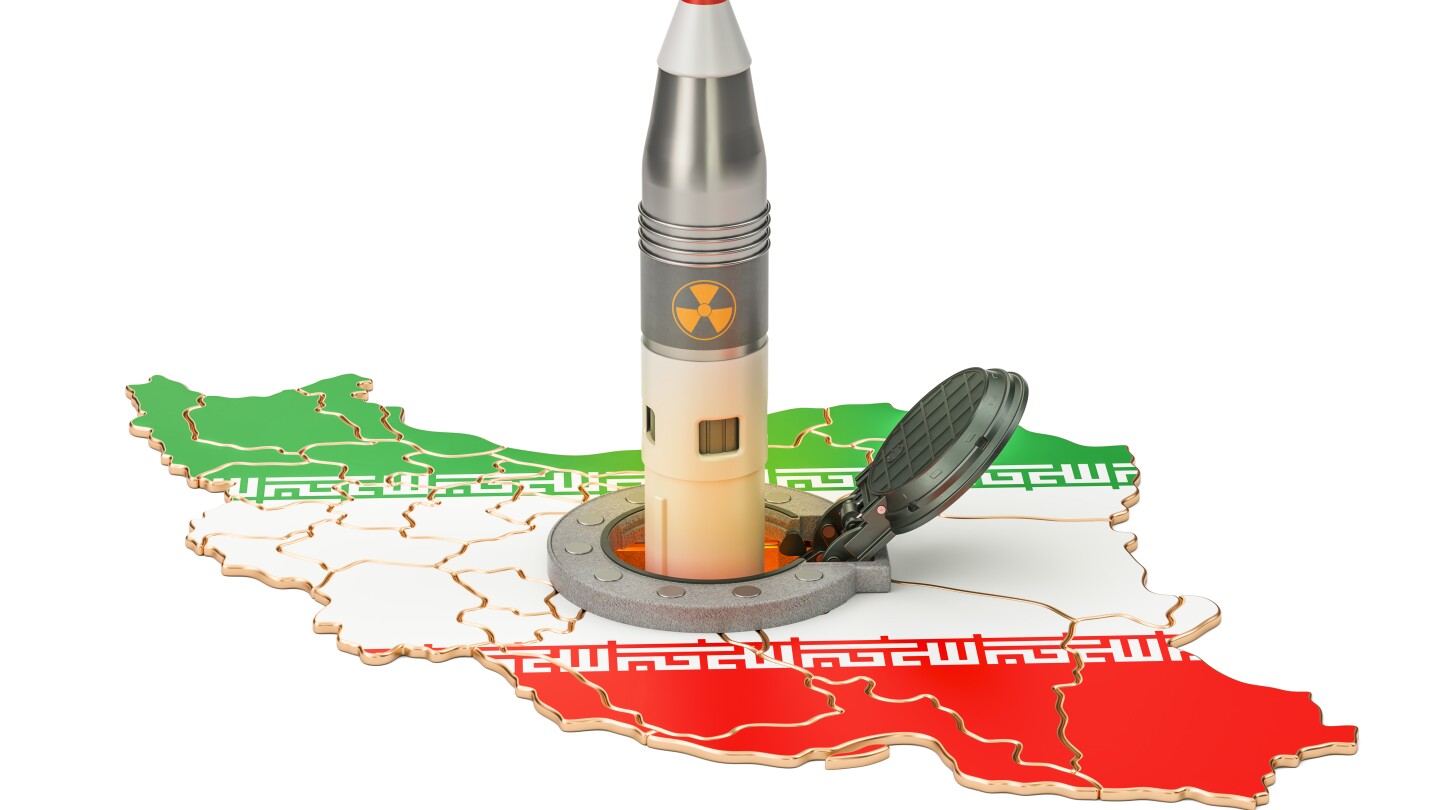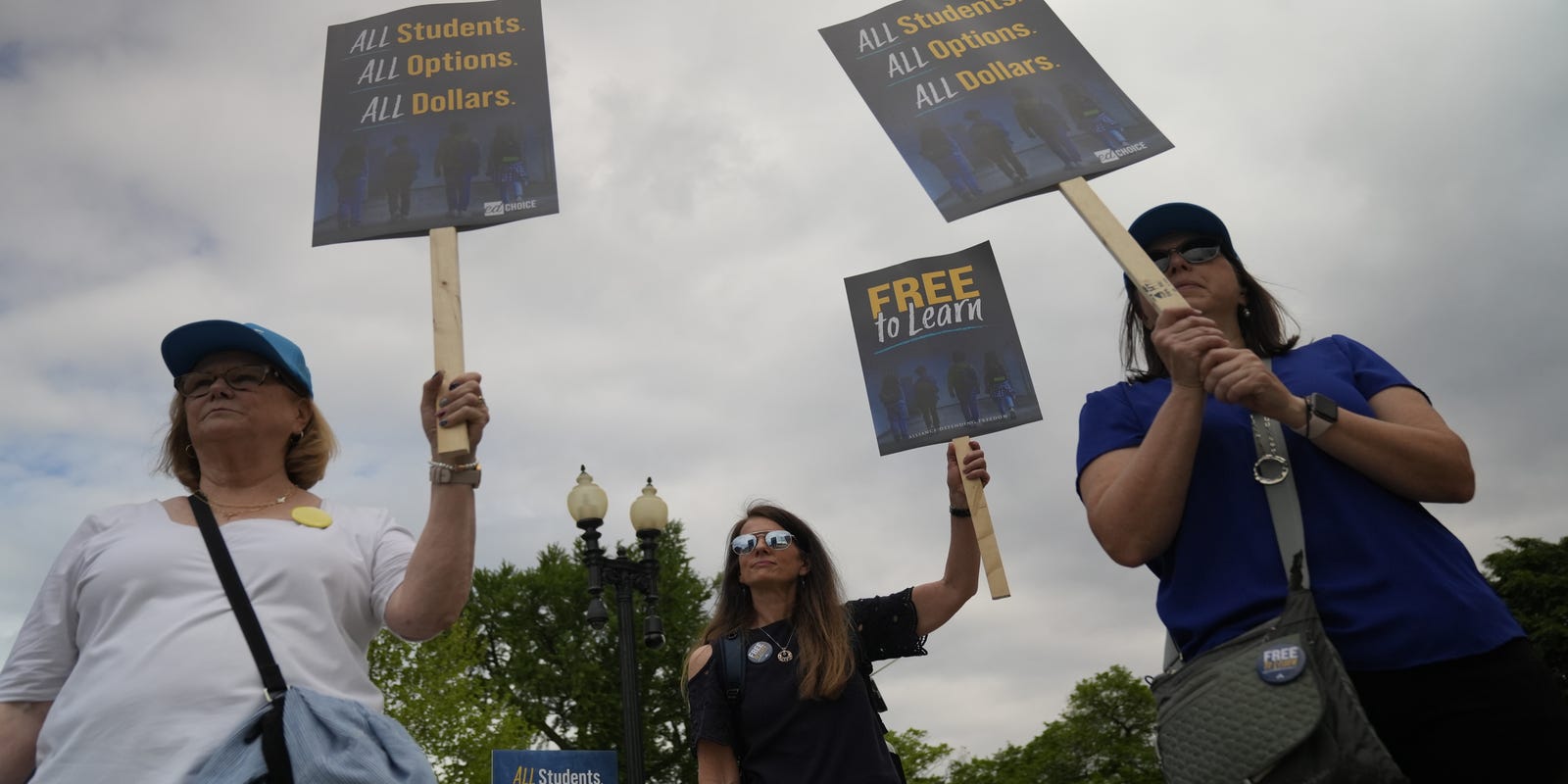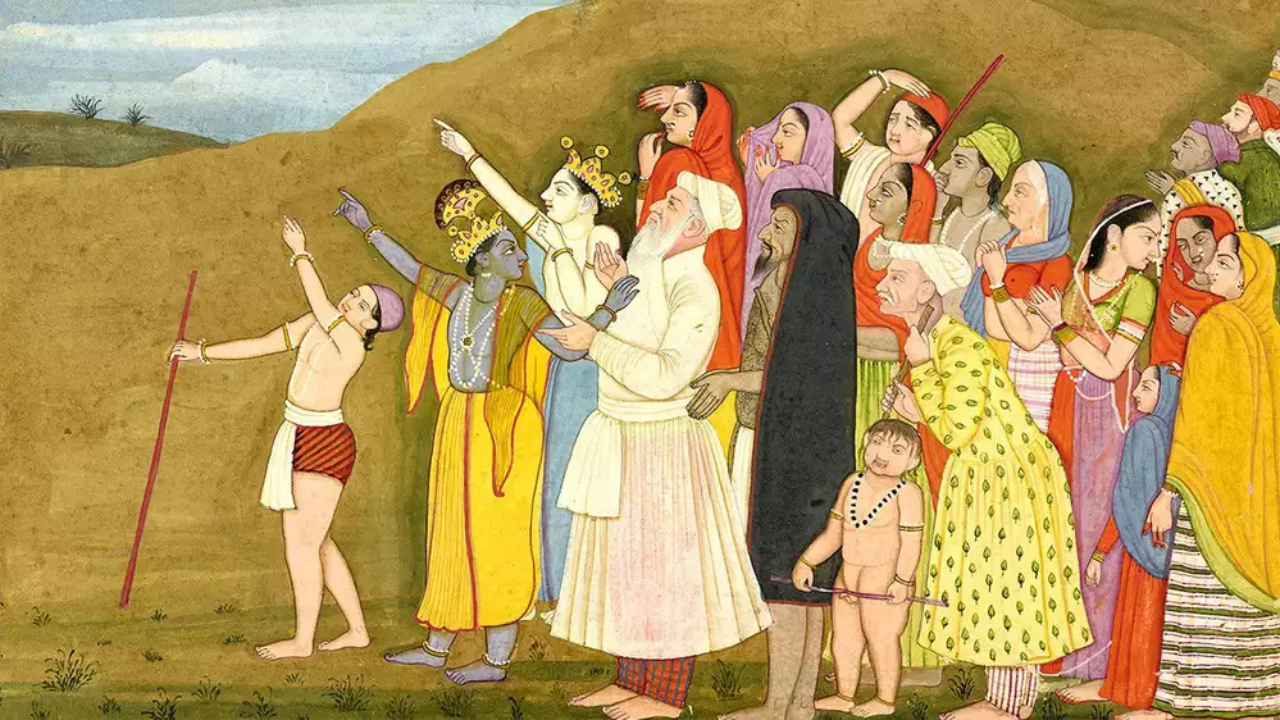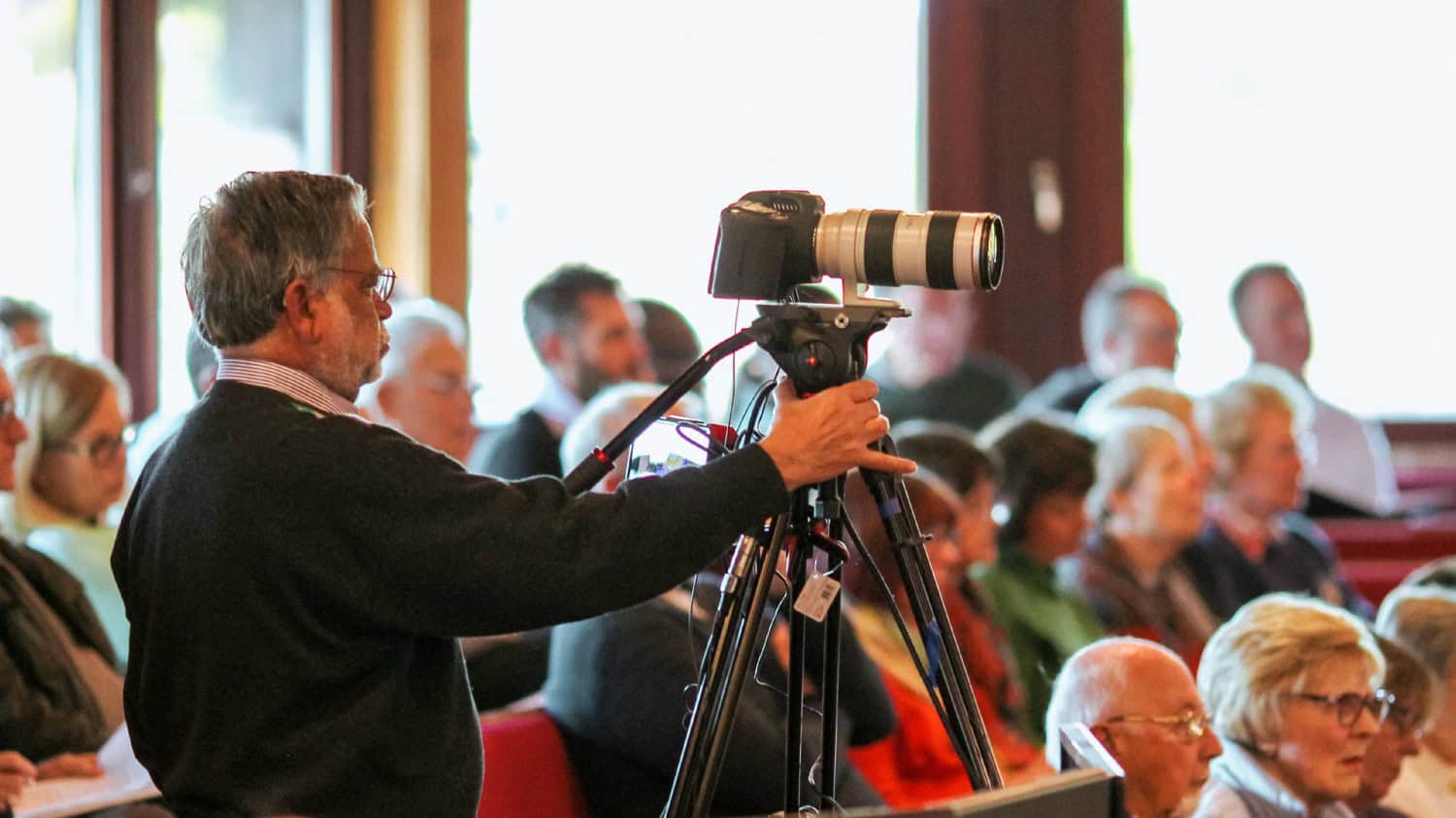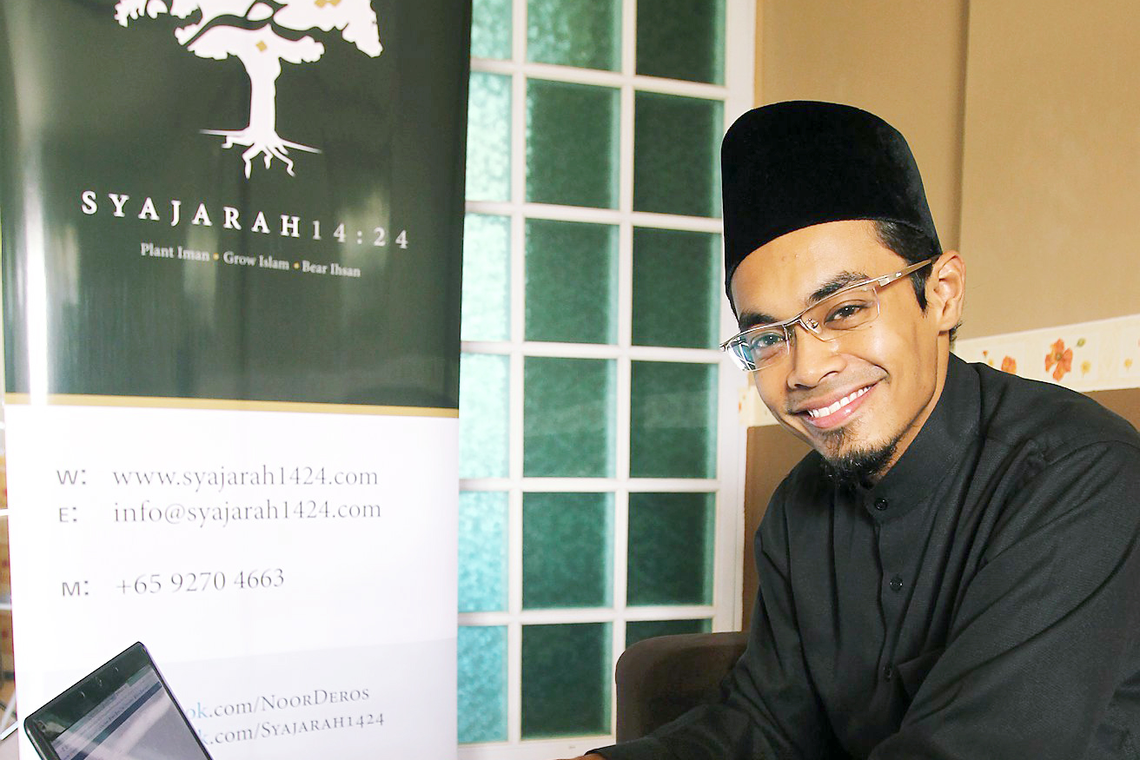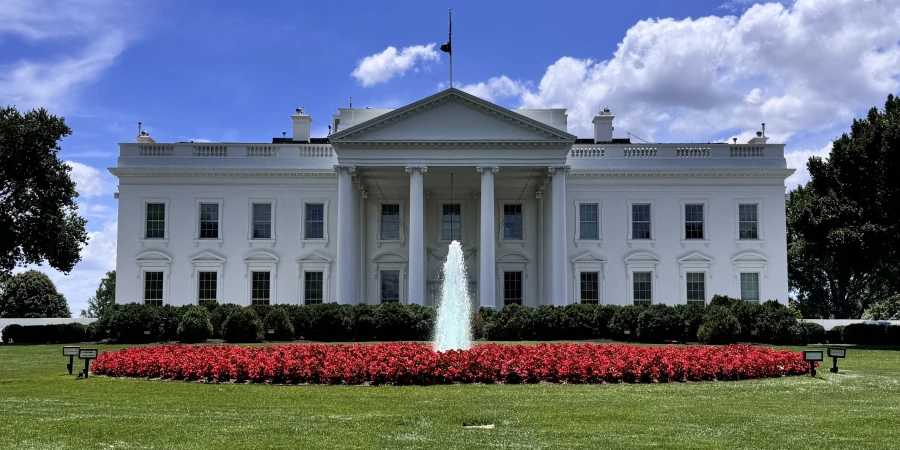Faith in Flux: Iran's Youth Abandon Traditional Beliefs for a New Spiritual Path
Religion
2025-04-14 04:01:00Content

The Crumbling Foundations of Iran's Regime
Despite the Ayatollahs' brutal attempts to crush dissent through violence and oppression, their iron grip is visibly weakening. Bullets, prison sentences, and public executions can only suppress a population's spirit for so long when the winds of change are blowing with such intensity.
The Islamic Republic has historically maintained control through a toxic combination of fear and force. However, the current wave of resistance reveals a profound transformation. As widespread disillusionment spreads like wildfire across the nation, a powerful seed of hope is taking root—a hope that cannot be easily extinguished by state-sanctioned brutality.
The regime's desperate tactics increasingly expose its fundamental weakness. Each act of repression only serves to galvanize the population's resolve, turning martyrs into symbols of resistance and transforming individual frustrations into a collective movement for change.
The fundamental truth emerging is clear: no amount of state violence can permanently suppress an idea whose moment has truly arrived. The Iranian people's yearning for freedom and dignity is proving to be more powerful than any weapon or institutional mechanism of control.
The Crumbling Facade: Iran's Regime Faces Unprecedented Resistance
In the volatile landscape of Iranian politics, a profound transformation is unfolding. The Islamic Republic, long characterized by its iron-fisted governance and systematic suppression of dissent, now finds itself at a critical crossroads where decades of authoritarian control are being systematically challenged by a resilient and increasingly vocal population.When Oppression Meets Unwavering Human Spirit
The Anatomy of Resistance
The Iranian regime's historical reliance on brutal force has long been its primary mechanism of maintaining control. However, contemporary dynamics reveal a fundamental shift in societal consciousness. Decades of systematic oppression have paradoxically cultivated a generation of citizens who are increasingly immune to traditional intimidation tactics. Young Iranians, particularly those who have grown up witnessing the regime's systematic human rights violations, are demonstrating an unprecedented level of courage and determination. The psychological landscape of resistance has dramatically transformed. Where fear once dominated public discourse, a newfound collective resilience has emerged. Citizens are no longer willing to accept the status quo, recognizing that their collective voice represents a powerful instrument of potential systemic change.Technological Empowerment and Global Connectivity
Digital platforms have revolutionized resistance strategies within Iran. Despite stringent internet restrictions, tech-savvy activists have consistently found innovative methods to circumvent governmental censorship. Social media networks, encrypted communication channels, and international solidarity movements have become critical tools in amplifying Iranian voices beyond geographical boundaries. The global community's increasing awareness of Iranian citizens' struggles has created unprecedented pressure on the regime. International media coverage, diplomatic discussions, and grassroots support networks have significantly expanded the scope of resistance, transforming what was once a localized struggle into a globally recognized human rights movement.Economic Pressures and Systemic Vulnerabilities
The Iranian regime's economic mismanagement has substantially contributed to its weakening legitimacy. Prolonged international sanctions, coupled with internal corruption and inefficient resource allocation, have created profound economic challenges. Inflation, unemployment, and widespread economic instability have eroded public trust in governmental institutions. Young professionals, intellectuals, and working-class citizens are increasingly vocal about their economic disenfranchisement. The regime's inability to provide basic economic opportunities has transformed economic frustration into a potent catalyst for political transformation.Women's Leadership in Transformation
Iranian women have emerged as pivotal architects of resistance. Following the tragic death of Mahsa Amini and subsequent nationwide protests, women have demonstrated extraordinary courage in challenging deeply entrenched patriarchal structures. Their resistance transcends traditional gender boundaries, representing a holistic challenge to the regime's ideological foundations. Female activists have strategically utilized both physical protests and intellectual discourse to challenge systemic oppression. Their multifaceted approach combines street-level activism with nuanced critiques of governmental policies, creating a comprehensive resistance strategy that resonates both domestically and internationally.The Fragmentation of Institutional Power
Internal divisions within governmental and military structures are becoming increasingly apparent. Moderate factions within the regime are experiencing growing tensions with hardline elements, suggesting potential fractures in the established power hierarchy. These internal contradictions provide additional momentum to the resistance movement. As institutional cohesion weakens, opportunities for meaningful political transformation become more tangible. The regime's traditional mechanisms of control are progressively losing their effectiveness, signaling a potential paradigm shift in Iranian political landscape.RELATED NEWS

Faith, Flavor, and Viral Trends: The Unexpected Intersection of Spirituality and Social Media

Supreme Court Showdown: Roberts Holds Key to Religious School Funding Breakthrough
